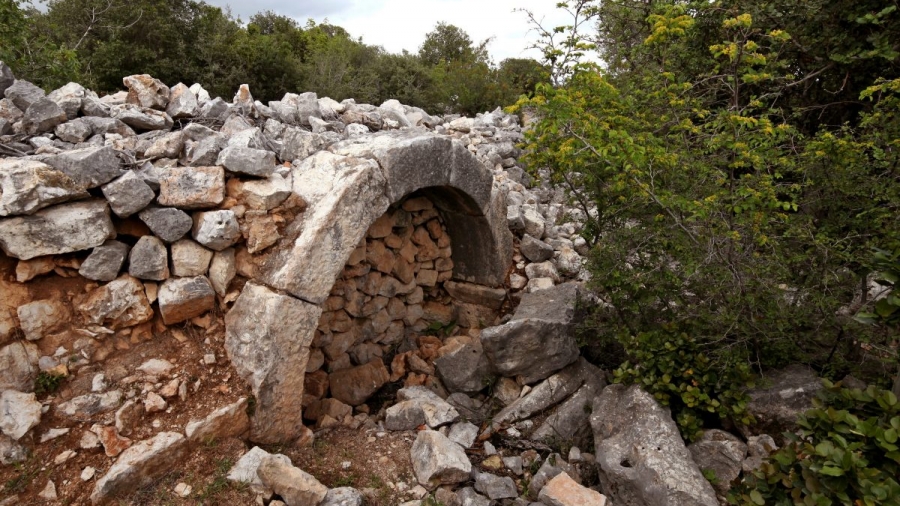The inscription was illegible. I could make out a few letters, but the weather-beaten lintel was damaged beyond my ability to put any words together. Lying unprotected in the highlands of Rough Cilicia where the erosive effects of the wind, rain, snow and sun slowly degraded the stone, the ancient inscription had gotten to the point where it was now impossible to read.
The inscription was on a lintel located in the narthex of an ancient basilica church in Cilicia. The church was nothing special. I have seen hundreds of them in Cilicia, many of them in much better shape than this one. The ancient village itself also was unimpressive compared to dozens of other ancient sites in Rough Cilicia. Yanıkhan, as the local Turkish people know it, was a Hellenistic agricultural settlement located about four and a half miles from the coast where the Lamas River emptied into the Mediterranean. Nobody knows the original name of the village. We probably never will know.
After returning home, I discovered that I was not the first person to visit the site. Sixty years ago Michael Gough discovered the site and the inscription. In 1959 Gough was able to record the inscription and seventeen years later, in 1976 Stephen Hill made his way to the site and discovered that the lintel had been broken into two pieces. At that time the inscription was hardly readable, but Hill was able to feel the depressions of the letters enough to confirm Gough’s transcription.
The inscription, as it turns out, is very important. From it we can determine that the basilica was built near the end of the fourth century AD by an Isaurian official named Matronianus. This makes this church the earliest datable church in Cilicia and one of the earliest ever discovered in Anatolia. Moreover, the inscription described the church as a “martyrion.” A martyrion was a Christian basilica built to commemorate the martyrdom of early Christians. This martyrion was built to remember the lives of three unknown early Christians: Georgios, Conon and Christophoros. The question is, who are Georgios, Conon and Christophoros? They were likely residents of the settlement at Yanıkhan who were killed for their Christian faith. But, when did they die and what were the circumstances surrounding their deaths?
The edict of Milan issued in AD 313 effectively ended the persecution of Christians in the Roman Empire. The martyrion at Yanıkhan was built about fifty years later. The early Christians, however, had long memories and seldom forgot about the saints who dedicated their lives to the Gospel. They often collected relics of the martyrs and wished to be buried near the place of their execution. The best-preserved part of the basilica at Yanıkhan is the central apse, which is flanked by two smaller apses. The small apse on the right encloses an arcosolium (burial vault). Inside were the relics of Georgios, Conon and Christophorus. In fact, the basilica was probably built at this site where the martyrs were executed or buried. The relics have long since disappeared. But, the fading memory of the saints remains . . . only through the now illegible inscription lying in the rubble of a remote site in southwest Turkey.
